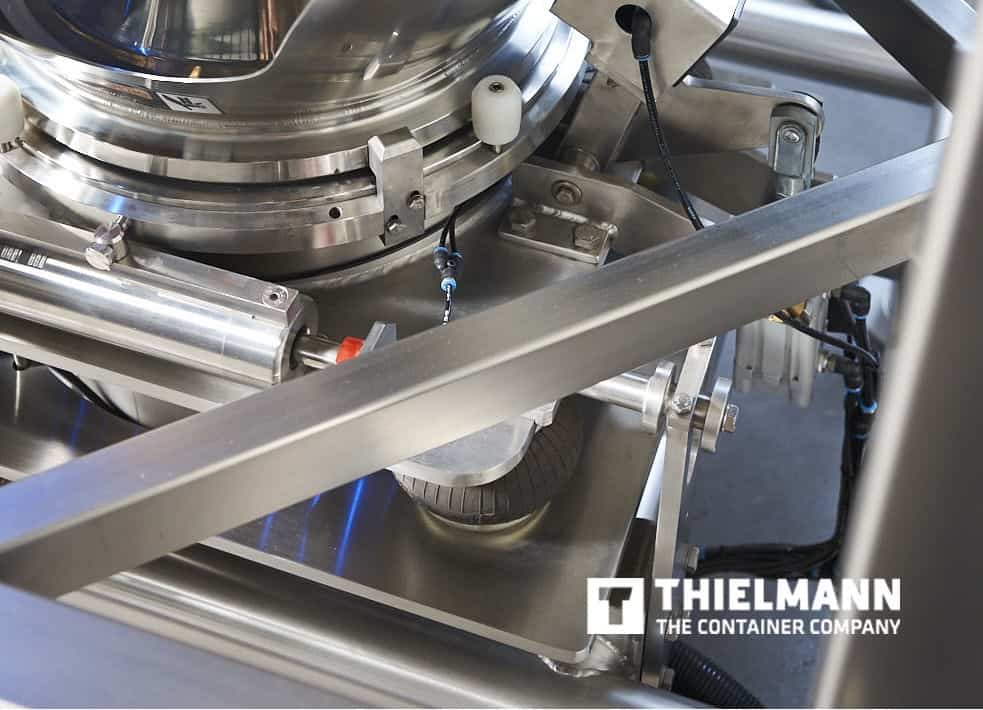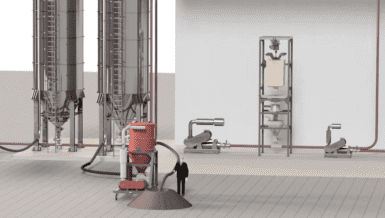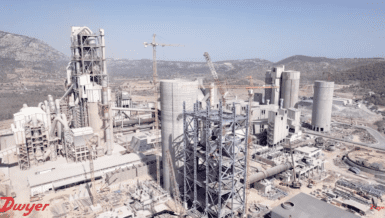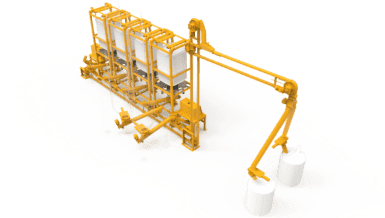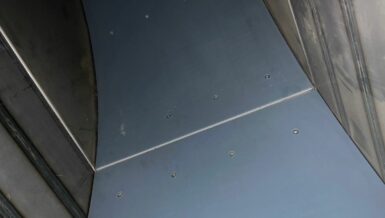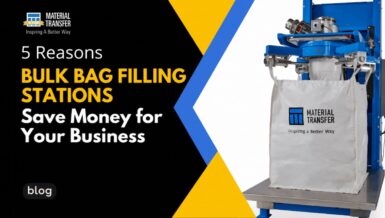Different industries have different approaches depending on the flow properties of the substance. This is contingent on the size, moisture content, storage time, chemical content, and packing requirements, among other variables. Right now, the two most common bulk solid handling systems are continuous and batch manufacturing processes – but there is a third way.
Continuous vs. batch
Before looking at this third way, we’ll briefly outline how batch and continuous processes are distinct. Batch processes consist of a sequence of one or more steps performed in a defined order, where a finite quantity of the product is produced. At the end of each step, production stops before the process moves to the next stage. Continuous processes, on the other hand, involve moving a single work unit at a time between every step without stopping.
Each has its upshots and pitfalls. In batch processing, the associated hold times slow production but allow for far greater flexibility and individualization. Meanwhile, high-functioning continuous processes can increase productivity and efficiency, but forgo the flexibility of batch processing. Moreover, cleaning, maintenance, and repair will periodically interrupt the entire production chain.
The efficiency/flexibility conundrum has compelled various manufacturers to reappraise their approach. The food industry, for example, has long relied on large-scale continuous models. However, product diversification and traceability have shifted focus to batch production. Meanwhile, in pharmaceuticals, pressure from regulatory agencies is prompting a shift towards continuous processes to enhance speed and efficiency.
A hybrid solution
However, a third way is possible: THIELMANN Intermediate Bulk Container (IBC) systems. With an IBC system, the steps in the pipeline are distinct yet continuous. As with batch processing, manufacturers retain the flexibility to fine-tune stages, operate parallel processes, and implement a thorough traceability protocol. This can improve productivity by ensuring that the individual steps are operating at their optimal rates.
This may sound more akin to batch processing than continuous, but the key feature of IBC systems is that they use fewer containers than pure batch processes. This enables them to handle the same volume of material with fewer container movements, downtime between connections, and less floor space to accommodate the units at each step.
IBC systems have the potential for a degree of automation, both in terms of discharge and movement. Although processes are distinct, it is the IBC itself that moves between them, not the materials inside. So, much like continuous processing, a well-designed IBC system mitigates material loss or contamination, with the added benefit of reduced cleaning requirements.
Combine automation & precision
IBC systems present a practical and efficient solution for the formulation, transportation, or discharge of bulk solids. They’re also particularly useful for hazardous, abrasive, or difficult-to-flow materials, due to the efficiency and control the systems provide. This is a valuable solution for sectors like pharmaceuticals and battery manufacturing, which require utmost precision.
THIELMANN can create quasi-automated bespoke IBC systems for delicate industries such as these. With expertly designed features like our Cone Valve, THIELMANN design delivers a fully inert, contaminant-free environment for the safe transfer of hazardous materials. Plus, the sustainability credentials of stainless steel units are unmatched. Pure, fully inert stainless steel components are 100% recyclable, protecting the planet and your product.




